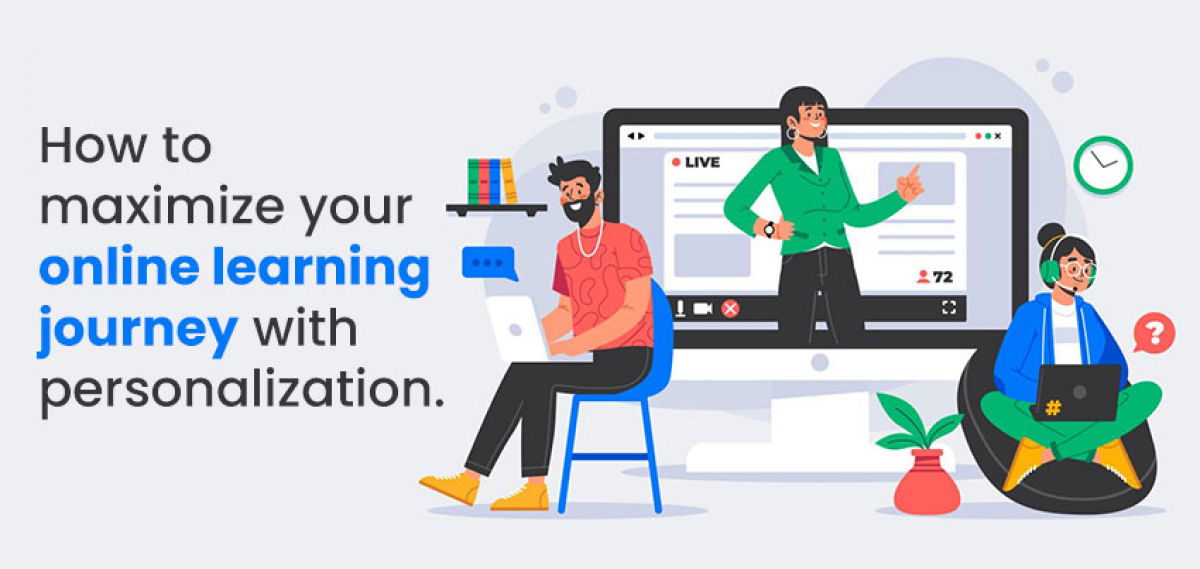Training Management System (TMS) and Learning Management System (LMS) have become a vital part of organizations’ learning strategy. While both the terms sound very similar, they have different use and are suited for different needs of the organization. In this post, we have shed light on both these systems along with their key differences.
Let's begin by defining each system in brief:
Training Management System
A TMS or TRMS is a software which helps the training organizations to manage and streamline their training process for instructor-led training. It is designed to help with managing back-office training tasks, like administration activities, scheduling, and reporting.
A Training Management System acts like a CRM and usually captures the entire Student lifecycle from inquiry to registration to certification and placement. Typical features of a TMS include
. Batch Management
. Session Plan
. Attendance Management
. Resource Management
. Booking Management
. Budgeting (cost, revenue, profitability)
. Reporting and Analytics.
Learning Management System
An LMS is a software that helps organizations to manage E-learning by hosting, managing, organizing and evaluating their online courses. Using an LMS, organizations can easily create, manage and deliver learning content and provide training to their employees or other staff members. It supports organizations in administration, tracking, reporting, and evaluation of learner performance.
Typical features of a Learning Management System include
. Course Management
. Content Management
. User Management
. Learning Plan
. Certification and Re-training
. Assessments and Quiz maker
. Survey and Feedback
. Discussion Forum
. Reporting and Analytics
. Support for integration with collaboration tools like web-conferencing systems.
Key Differences between TMS and LMS
Some of the major differences between a Training Management System and a Learning Management System are:
Different Processes (ILT vs E-learning)
A TMS typically takes care of all the training administration processes like
. Logistics and Resource management
. Course and Session scheduling
. Handling registration process
. Tracking cost and forecasting budgets
. Managing orders and invoices
. Creating reports and dashboards for business intelligence
An LMS, on the other hand, usually deals in
. Creating e-learning courses
. Enrolling learners
. Creating, updating, and managing content
. Online assessments and certification
. Tracking the performance of learners
. Learner feedback
. Social learning
Different Purpose (Training Administration Vs Content Delivery)
A TMS is primarily designed to help in Training Administration activities i.e. the activities that happen before and after the training class. It enables an organization to automate many of these activities and streamline the entire training administration process.
An LMS, however, is focussed on Content Delivery. It enables an organization to seamlessly manage and deliver online courses to the learners.
Different Primary Audience (Training Administrators Vs Learners)
While a TMS is designed keeping the needs of Training Administrators, an LMS is built for Learners. A TMS is centered on organizations' processes and caters to the need of stakeholders like Training Managers, HR Professionals etc.
On the contrary, an LMS is centered on learner experience and is more focused on ease of use and intuitiveness of the front-end user interface.
So which system is best for you?
Well, ideally, both the Training Management System and Learning Management System are designed for different purpose and audience so the choice should be simple. But, in reality, you may find TMS with features to manage e-learning and LMS with modules to handle ILT.
If you are confused between both these systems for your organization, carefully scrutinize your organizational needs. If your need is more towards managing e-learning course delivery, an LMS is an appropriate option while if you want to manage ILT administrative processes like logistics, cost tracking, go for a TMS.
Of course, the two systems can also co-exist with each other and you can choose to invest in both. The two systems can be used individually to handle ILT and e-learning or can be integrated to handle ‘blended learning’ scenarios.
So, evaluate your organization need, identify the core purpose, list the key features that you are looking for and make a choice best suited for your organization.
Looking for a Learning Management System which supports ILT Administration? Schedule a demo today with our learning experts and explore MindScroll LMS.




